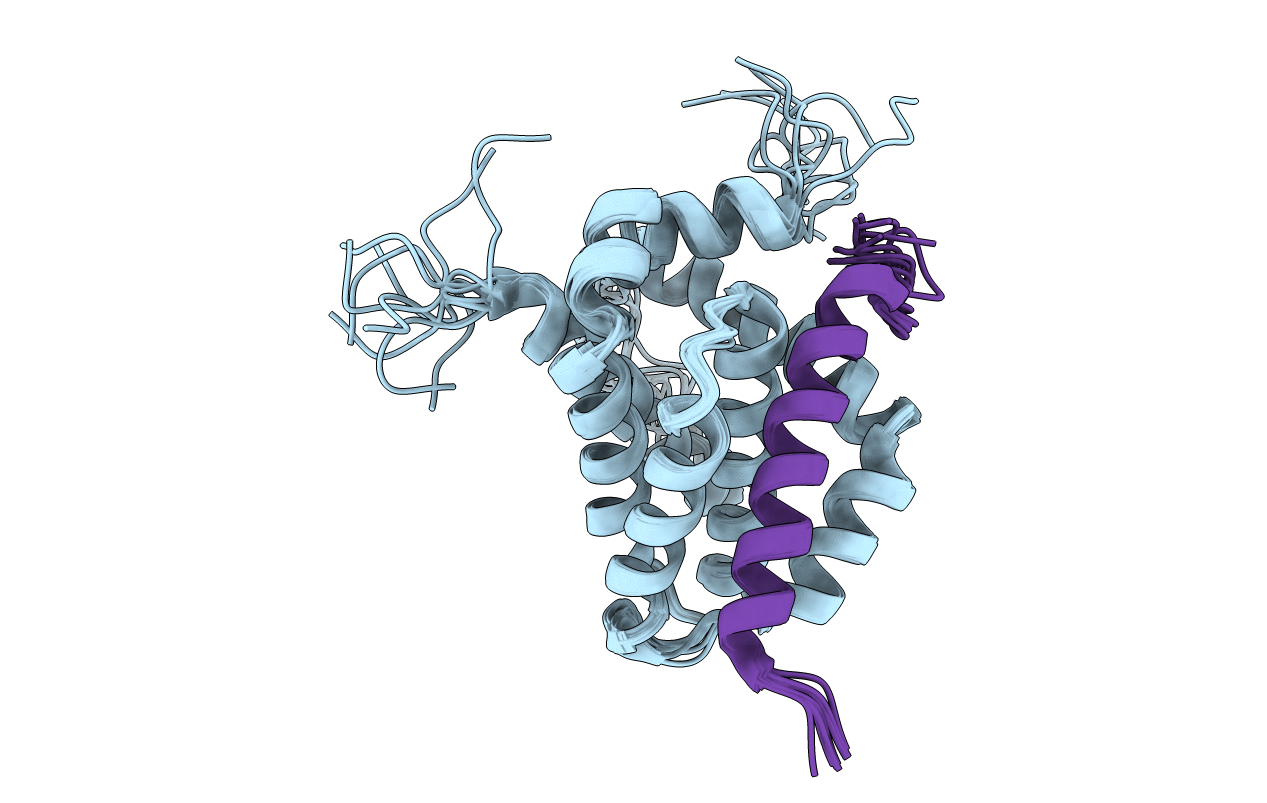
Deposition Date
2008-12-09
Release Date
2009-12-15
Last Version Date
2024-05-22
Entry Detail
PDB ID:
2KBW
Keywords:
Title:
Solution Structure of human Mcl-1 complexed with human Bid_BH3 peptide
Biological Source:
Source Organism:
Homo sapiens (Taxon ID: 9606)
Host Organism:
Method Details:
Experimental Method:
Conformers Calculated:
200
Conformers Submitted:
10
Selection Criteria:
structures with the lowest energy


